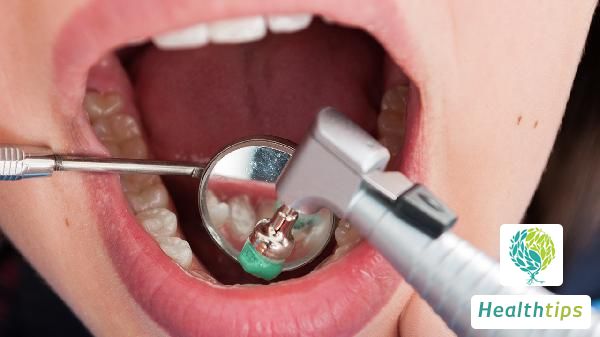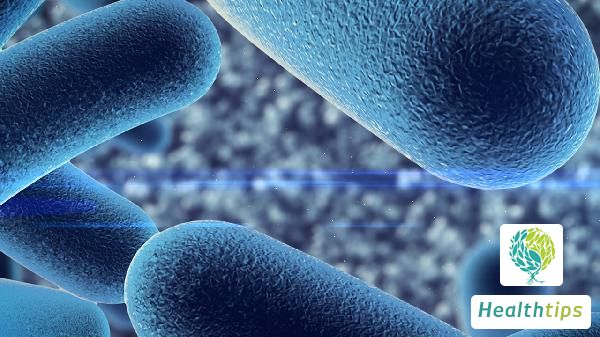"How Long Does Hand, Foot, and Mouth Disease Typically Take to Resolve?"
Hand-Foot-and-Mouth Disease
Hand-foot-and-mouth disease (HFMD) is a common acute infectious disease primarily caused by enteroviruses. It typically has an incubation period of 2-10 days, with an average of 3-5 days. In the initial stages of the illness, symptoms such as low fever, drooling, and sore throat may appear. Most patients with HFMD can recover spontaneously within 7-10 days after onset. However, individual differences and varying virus types can affect the duration of the illness. Some individuals may recover within a few days, while others may require a longer period. Although HFMD is often mild, a small number of patients may develop severe complications, including encephalitis, meningitis, and pulmonary edema. These complications can severely impact a child's health and even be life-threatening, necessitating prompt detection and appropriate treatment.

If a child exhibits symptoms of HFMD, parents should closely monitor the child's condition and seek medical attention promptly. Doctors will provide treatment based on the severity of the illness, which may include antiviral therapy and supportive care. In daily life, parents should prioritize good hygiene habits for their children, such as frequent handwashing and avoiding crowded public places, to reduce the risk of virus transmission. During peak seasons of HFMD, parents and teachers should be particularly vigilant and implement preventive measures to safeguard children's health.



















